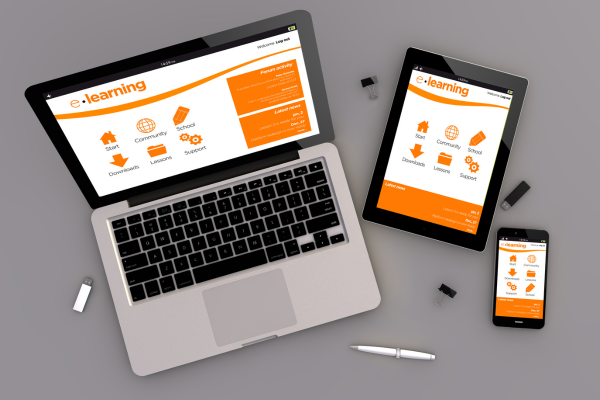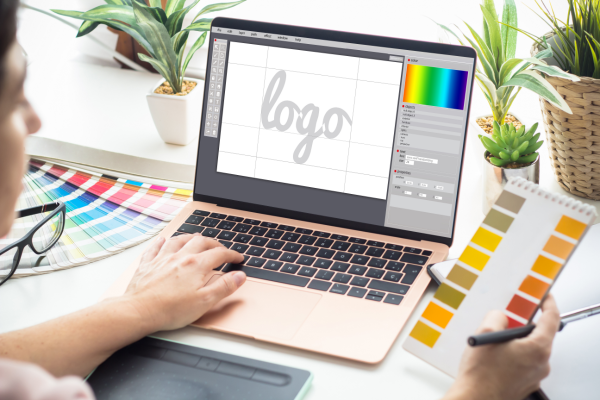How to Create an Attractive Portfolio for Freelance Designers
Creating an attractive portfolio is crucial for freelance designers looking to showcase their work and attract new clients. A well-crafted portfolio not only highlights your skills and creativity but also demonstrates your ability to solve design problems and meet client needs. Here are some key steps and tips to help you build an impressive portfolio that stands out.
1. Define Your Niche and Target Audience
Before you start assembling your portfolio, it’s essential to define your niche and target audience. Are you a graphic designer, web designer, UI/UX designer, or do you specialize in another area? Understanding your specialty will help you tailor your portfolio to attract the right clients.
Tips:
- Identify your ideal clients and the types of projects you want to work on.
- Focus on showcasing work that aligns with your niche and appeals to your target audience.
2. Select Your Best Work
Quality over quantity is the golden rule when it comes to portfolio selection. Choose your best and most relevant projects that demonstrate your skills, creativity, and problem-solving abilities. Each piece should tell a story and showcase a different aspect of your design capabilities.
Tips:
- Include a variety of work to show your versatility.
- Highlight projects that received positive feedback or resulted in successful outcomes for clients.
- If you’re just starting and lack client work, consider creating mock projects or personal projects that showcase your skills.
3. Create a Clear and Visually Appealing Layout
Your portfolio should be easy to navigate and visually appealing. Use a clean, professional design that reflects your style and personality. Avoid clutter and focus on creating a seamless user experience.
Tips:
- Use high-quality images and avoid low-resolution or pixelated graphics.
- Organize your projects logically, either chronologically or by category.
- Include white space to give your design room to breathe and avoid overwhelming visitors.
4. Provide Context and Case Studies
Simply showcasing your work isn’t enough. Provide context and detail for each project by including case studies that explain your design process, the challenges you faced, and the solutions you implemented. This demonstrates your problem-solving skills and thought process.
Tips:
- Start with a brief overview of the project, including the client’s goals and requirements.
- Describe your role and the specific tasks you performed.
- Highlight any challenges and how you overcame them.
- Share the results and any measurable impact the project had.
5. Highlight Testimonials and Client Feedback
Client testimonials and feedback add credibility to your portfolio. Positive reviews from satisfied clients can help build trust with potential clients and demonstrate your reliability and professionalism.
Tips:
- Ask past clients for testimonials and permission to include them in your portfolio.
- Include testimonials next to the corresponding projects for context.
- Use quotes that highlight specific strengths and positive experiences.
6. Include a Strong About Page
Your portfolio should include an “About” page that provides insight into who you are as a designer. Share your background, experience, and design philosophy. This helps potential clients get to know you better and establishes a personal connection.
Tips:
- Write in a professional yet personable tone.
- Include a professional photo of yourself.
- Highlight any relevant education, certifications, and awards.
7. Make it Easy to Contact You
Ensure that potential clients can easily contact you by including clear and accessible contact information. Provide multiple ways for them to reach out, such as email, phone, and social media links.
Tips:
- Include a contact form on your portfolio website.
- Provide links to your LinkedIn profile and other relevant social media accounts.
- Clearly display your email address and phone number.
8. Optimize for SEO and Mobile Devices
To increase the visibility of your portfolio, optimize it for search engines (SEO) and ensure it is mobile-friendly. This will help potential clients find you more easily and provide a better user experience on all devices.
Tips:
- Use relevant keywords in your portfolio descriptions and case studies.
- Optimize images for faster loading times.
- Ensure your website is responsive and looks great on both desktop and mobile devices.
9. Regularly Update Your Portfolio
Your portfolio should be a living document that evolves as you complete new projects and gain more experience. Regularly update your portfolio with fresh work to keep it current and relevant.
Tips:
- Set a reminder to review and update your portfolio every few months.
- Remove older work that no longer represents your current skill level or design style.
- Add new projects that showcase your latest skills and achievements.
10. Promote Your Portfolio
Once your portfolio is ready, actively promote it to reach a wider audience. Share it on social media, include it in your email signature, and network with potential clients and industry peers.
Tips:
- Share individual projects and case studies on platforms like LinkedIn, Behance, and Dribbble.
- Join design communities and forums to connect with other designers and potential clients.
- Attend industry events and conferences to network and share your portfolio.
Creating an attractive portfolio is essential for freelance designers looking to attract new clients and showcase their skills. By following these steps and continuously improving your portfolio, you’ll be able to present your best work effectively and stand out in a competitive market. Remember, your portfolio is a reflection of your professionalism and creativity, so invest the time and effort to make it truly impressive.





